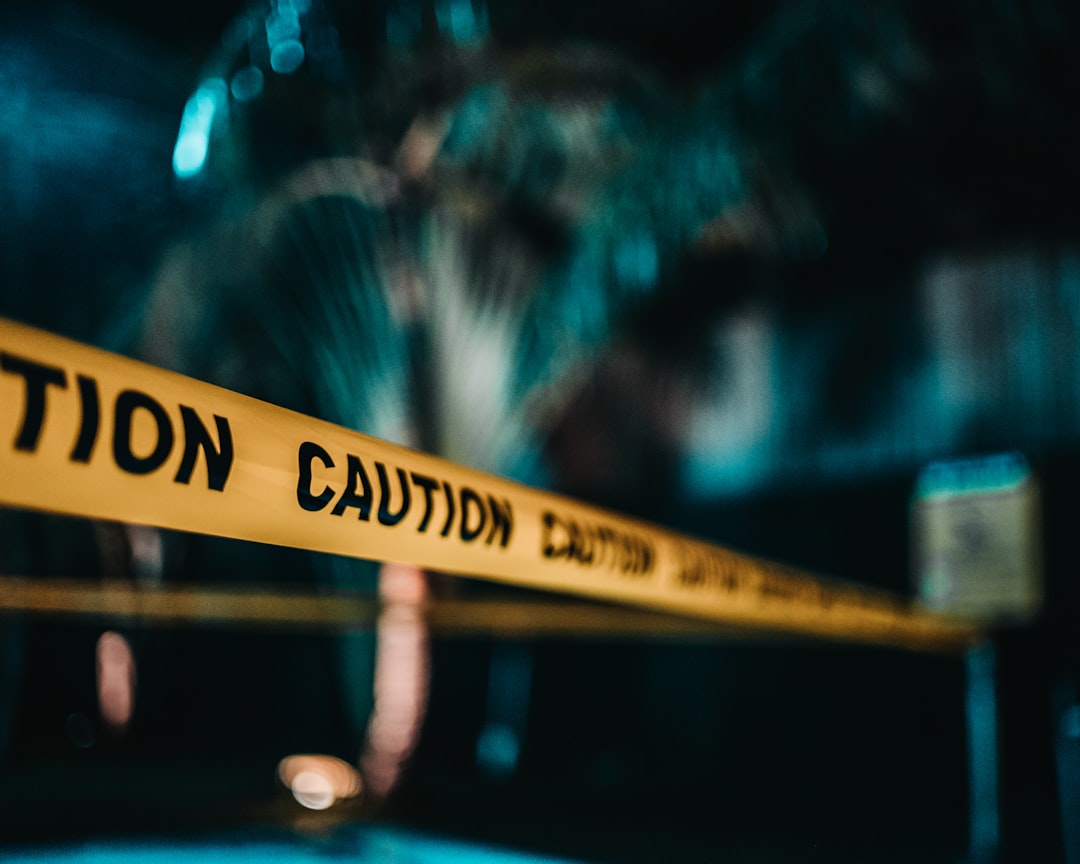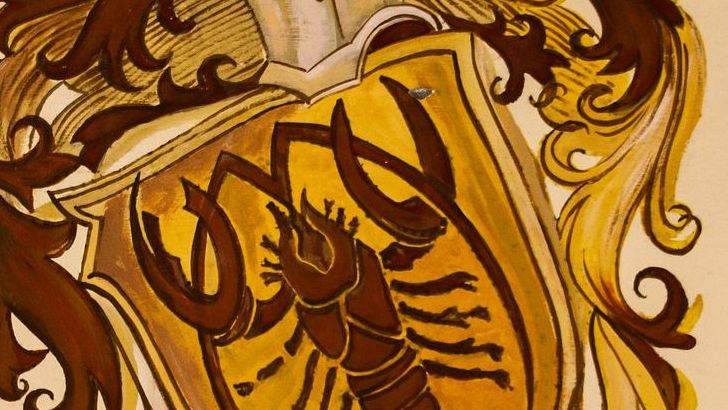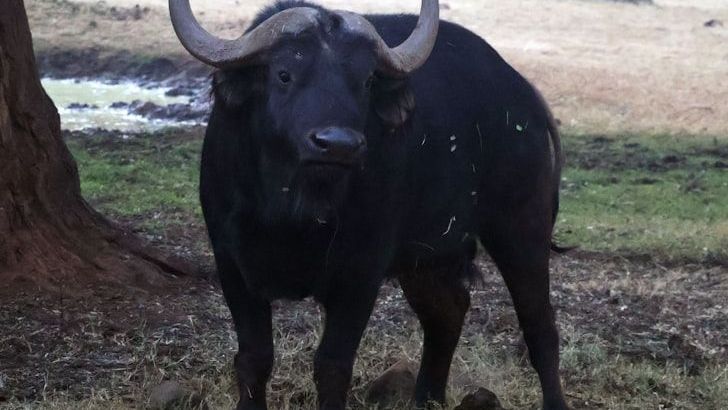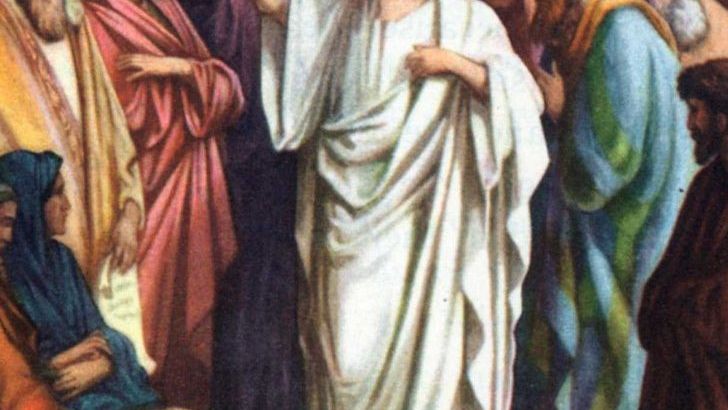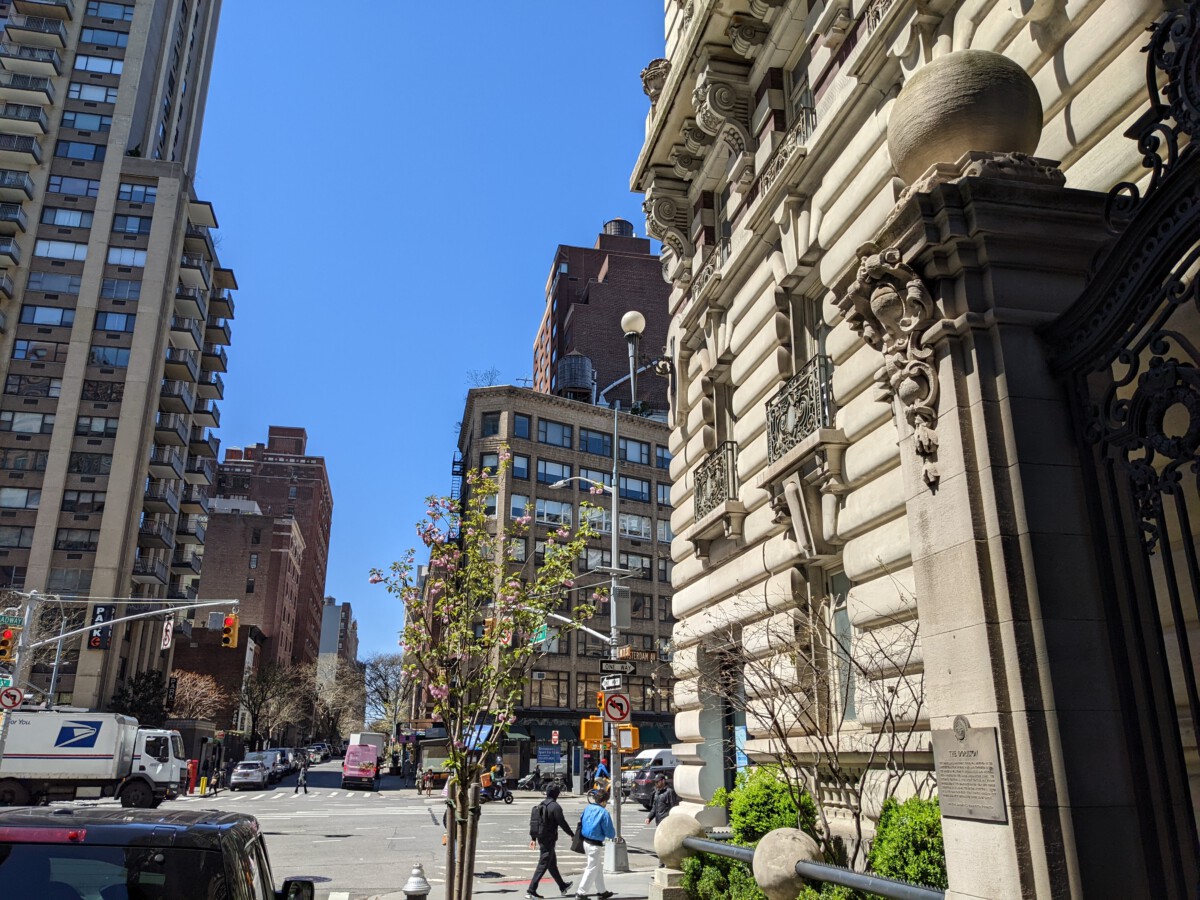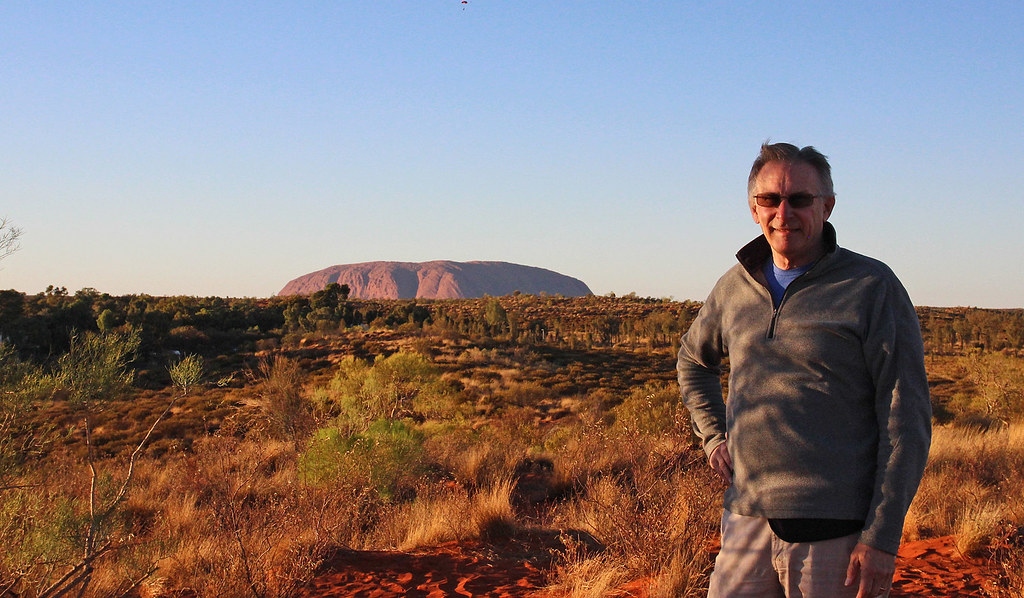Young Life Cut Short: Fatal Shooting Rocks Peaceful NYC Community (image credits: Unsplash)
The stark reality of urban violence pierced through what residents thought was their safe haven, as a 19-year-old’s life ended tragically on streets where children typically play without fear. This latest incident has left a close-knit neighborhood grappling with questions about safety and the unpredictable nature of street crime.
## When Violence Invades Safe Spaces
Nothing prepares a community for the shock of sudden violence. In neighborhoods where residents know each other by name and corner stores serve as informal community centers, a fatal shooting feels like a betrayal of everything locals hold dear. The contrast between daily life and this tragic event couldn’t be more jarring.
These quiet residential areas often develop their own rhythm over years. Families establish routines, children claim favorite spots to gather, and small businesses become pillars of local identity. When violence disrupts this carefully woven social fabric, the impact ripples through every household.
## The Ripple Effect on Families
Young victims of street violence leave behind more than statistics. They leave empty chairs at dinner tables, unfinished dreams, and families struggling to make sense of senseless loss. Parents in the neighborhood now face difficult conversations with their own children about safety in places they once considered secure.
The emotional toll extends beyond immediate family members. Friends, classmates, and even casual acquaintances feel the weight of a life ended far too early. Social media becomes a digital memorial, filled with photos and memories that seem impossibly distant from the harsh reality of what happened.
## Community Response and Healing
In the aftermath of tragedy, neighborhoods often reveal their true character. Some residents retreat behind locked doors, while others emerge more determined to reclaim their streets. Community leaders typically organize vigils, calling for both justice and peace in equal measure.
Local organizations frequently step up their outreach efforts following such incidents. Youth programs expand their hours, religious institutions open their doors wider, and neighbors who barely spoke before find themselves united in grief and determination. These responses, while born from tragedy, often strengthen community bonds in unexpected ways.
## Understanding Urban Violence Patterns
Street violence rarely occurs in isolation, even in seemingly peaceful neighborhoods. Law enforcement experts point to several contributing factors:
- Economic pressures that push young people toward risky situations
- Social media conflicts that escalate into real-world confrontations
- Easy access to firearms in urban environments
- Limited opportunities for positive youth engagement
- Spillover effects from violence in nearby areas
## Prevention Through Community Action
The most effective violence prevention often comes from within communities themselves. Successful programs typically combine immediate safety measures with long-term investment in young people’s futures. This dual approach addresses both symptoms and root causes of street violence.
Mentorship programs, job training initiatives, and conflict resolution services have shown promising results in similar neighborhoods. The key lies in sustained commitment from multiple stakeholders, including residents, local businesses, schools, and law enforcement working in genuine partnership.
## Moving Forward After Loss
- Community healing requires both time and active effort from residents
- Prevention programs work best when they address underlying social issues
- Young people need positive outlets and meaningful opportunities to thrive
Recovery from such tragedy doesn’t happen overnight, but communities can emerge stronger when they channel grief into positive action. The memory of a 19-year-old life lost can become a catalyst for change that prevents future losses. Each neighborhood has the power to write its own story about how it responds to violence and works toward a safer future.
How will this community choose to honor a young life while building the peace its residents deserve?

